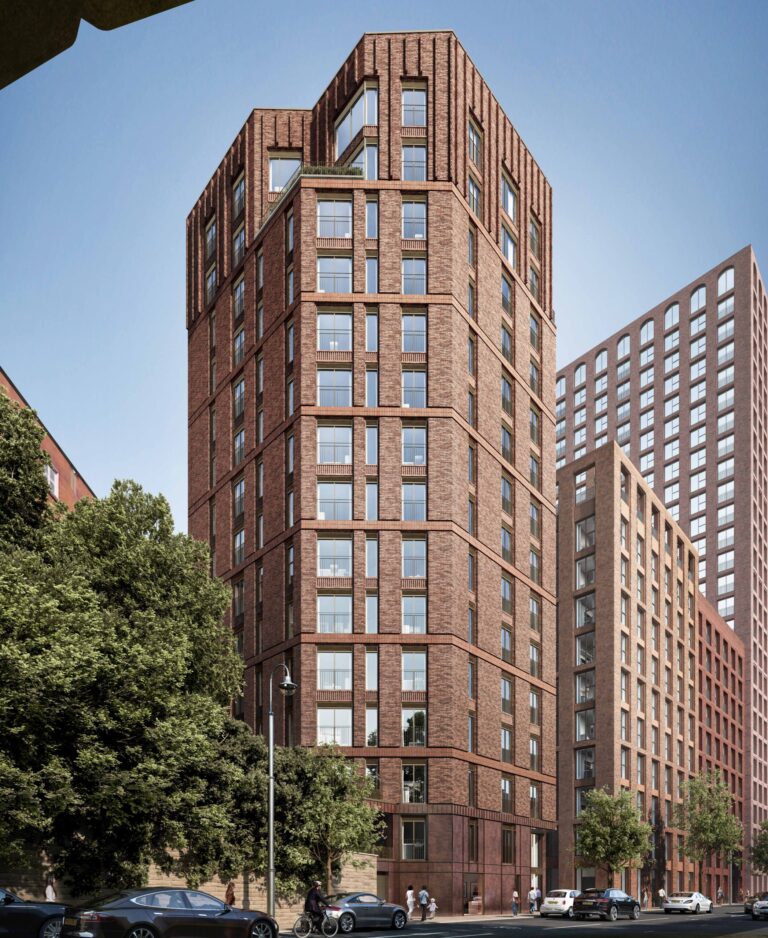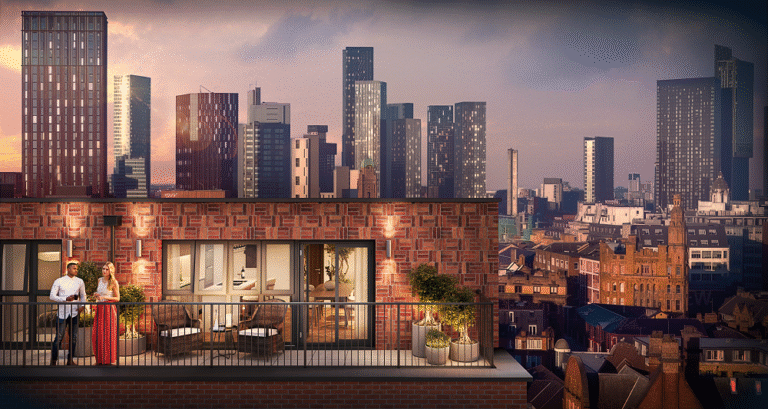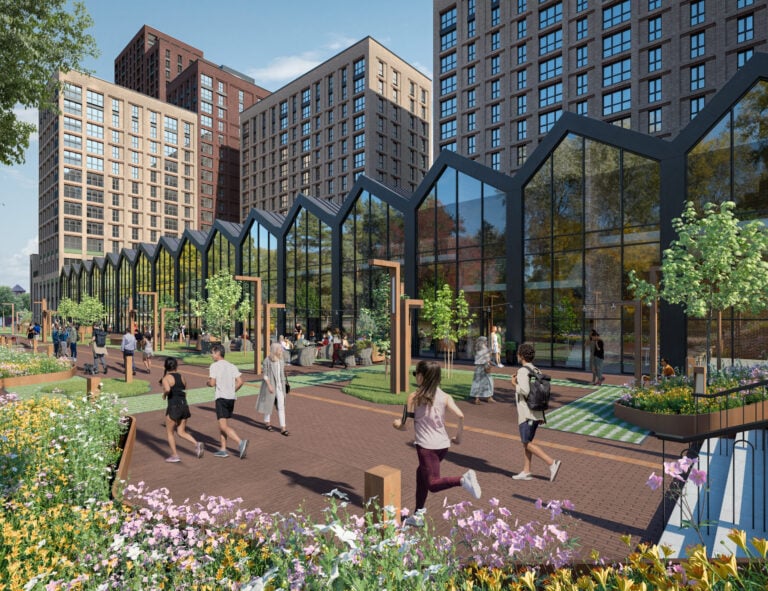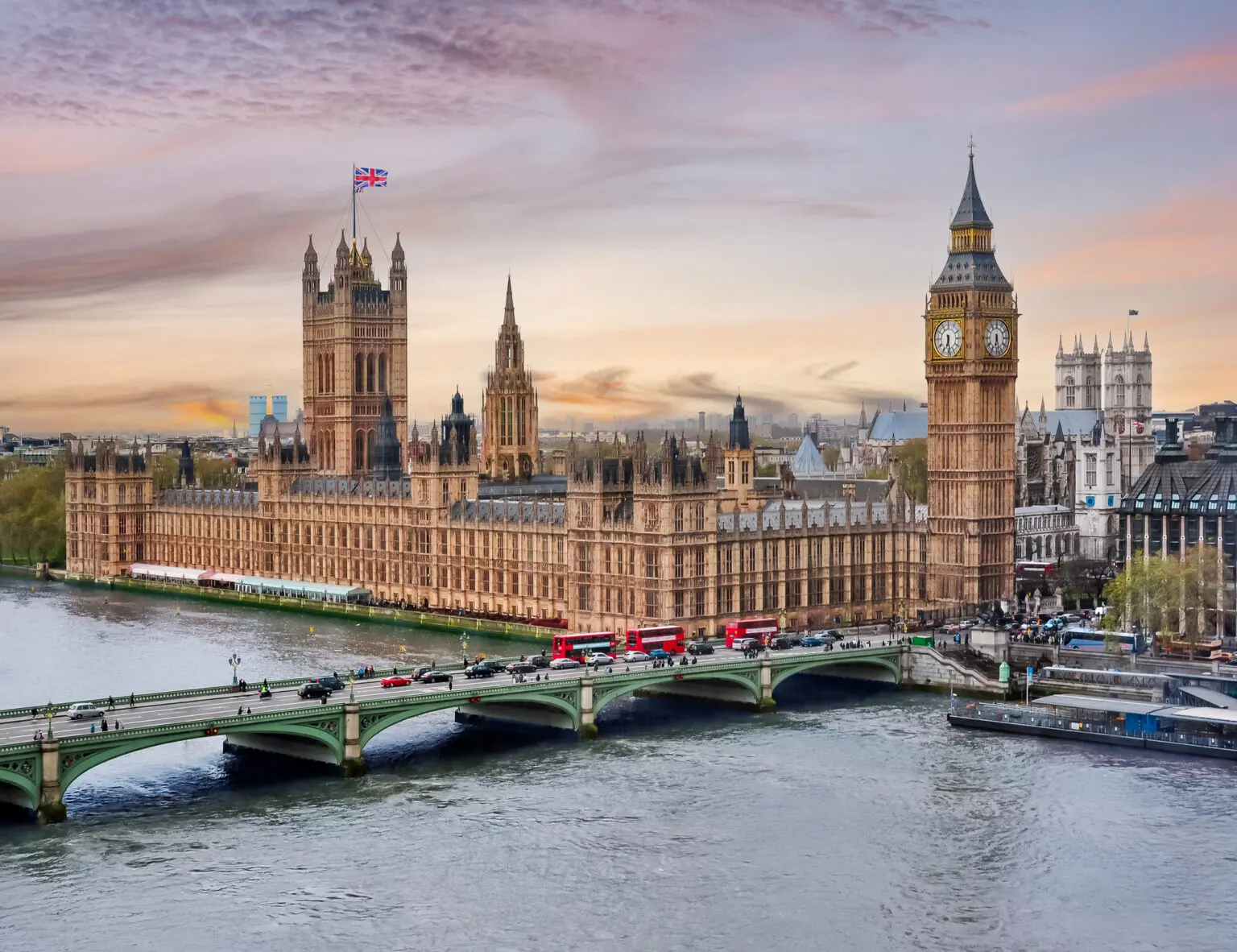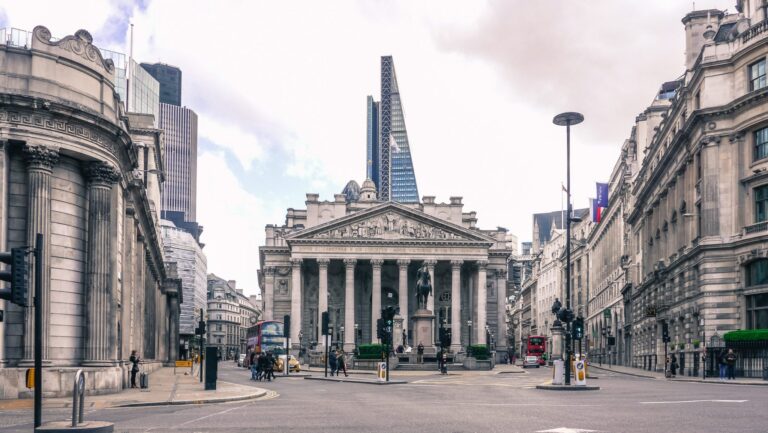Housebuilding activity is on the rise across much of the UK thanks to renewed optimism among developers, with the government’s focus on new homes spurring the sector on.
The number of new homes registered to be built in the second quarter of 2025 hit 30,505, according to the latest figures from the National House Building Council (NHBC). This is a 4% increase on Q2 2024’s 29,103, and the same percentage increase again from the first quarter’s result.
While described as “modest growth” in housebuilding registrations, it shows a rising level of optimism among developers who are keen to make progress as buyer appetite for homes remains at high levels.
The Labour government’s target to deliver 1.5 million new homes by 2029 has so far fallen short, but is also said to be behind some of the rise in both private and public sector housebuilding activity.
According to NHBC figures, registrations of rental and affordable homes also increased by 6% between the first and second quarters of this year. This rise is thought to have been spurred on by Chancellor Rachel Reeves’ recent announcement of a 10-year £39bn Social and Affordable Homes Programme, which has been labelled the “biggest long-term investment in social and affordable housing” in recent times.
The number of private sector new home registrations rose by 6% compared with Q2 2024, from 19,728 to 20,924.
Top locations for housebuilding activity
There were some wide regional variations in NHBC’s findings, with six out of 12 UK regions reporting a rise in registrations this year compared with 2024. The highest was found in Yorkshire and Humberside at +96%, followed by the South West (+75%) and Northern Ireland (+44%).
However, London continues to struggle, which is largely due to the new building safety regime for high rise buildings, alongside reduced housebuilding from housing associations. As a result, the capital saw a huge -59% fall in new home registrations between Q2 2024 and Q2 2025.
NHBC chief executive Steve Wood said: “There has been modest growth in housebuilding registrations in Q2 compared to last year, signalling an uplift in confidence from developers, especially in low-rise housing.
“While some areas of the market remain subdued, we remain optimistic about the longer-term as planning and land restraints are increasingly unblocked, mortgage rates ease and the government sustains a focus on new home delivery.”
Building plans for regional cities
As part of the government’s plan to unlock more locations to boost housebuilding, it has singled out areas of surplus railway land in high-demand parts of the country that could create up to 40,000 new homes over the next 10 years.
The cities highlighted by Transport Secretary Heidi Alexander are Manchester, Newcastle, Nottingham and Cambridge, where new homes, green spaces, shops and hotels will be created on brownfield sites.
A new government-owned property company, Platform4, has been created to spearhead the £1bn plans, which is also expected to generate an additional £227m for the economy by delivering at “greater pace and scale”. The company is being tasked with tackling the “challenges associated with building on railway land”.
The greatest level of housebuilding as part of the plan is set to be seen in Manchester, where the Manchester Mayfield area will bring the opportunity to create 1,500 new homes. Manchester has seen housing demand surge in recent years, making it a prime target for developers and investors.
Commenting on the housebuilding scheme, Deputy Prime Minister and Housing Secretary, Angela Rayner, said: “We are facing a housing crisis which has led to a generation being locked out of homeownership, all while land sits empty and disused across the country.
“We said we’d do everything possible to get Britain building, and that’s why today we’re setting out how we’ll get more homes built across surplus railway network sites in line with our brownfield-first approach and our Plan for Change target of delivering 1.5 million homes.”


